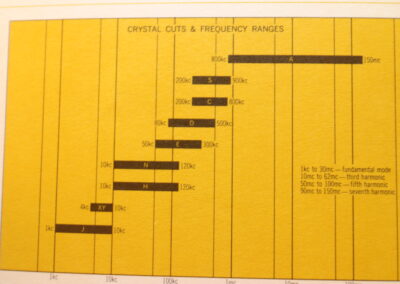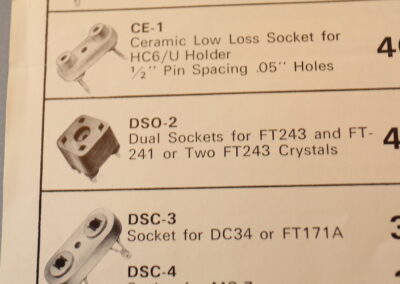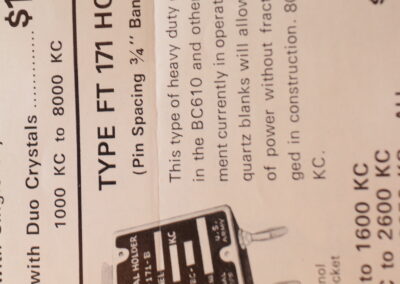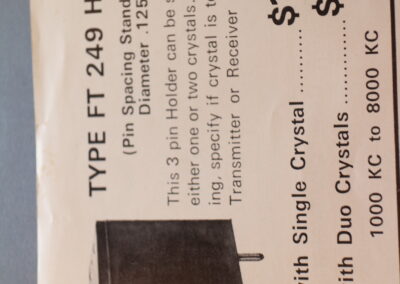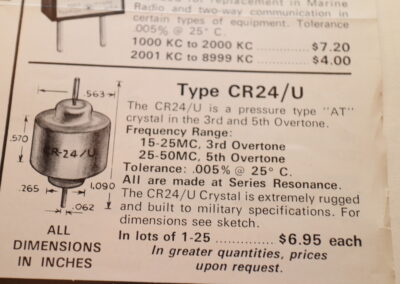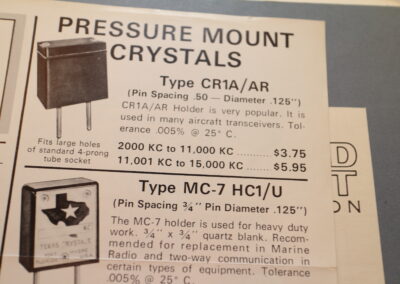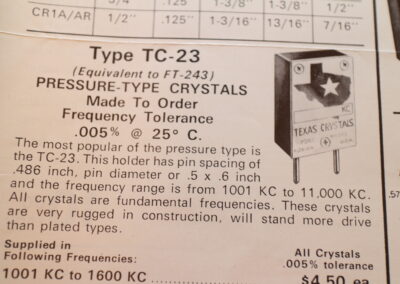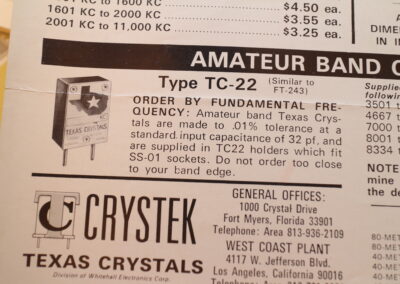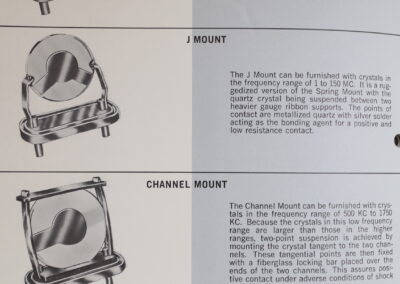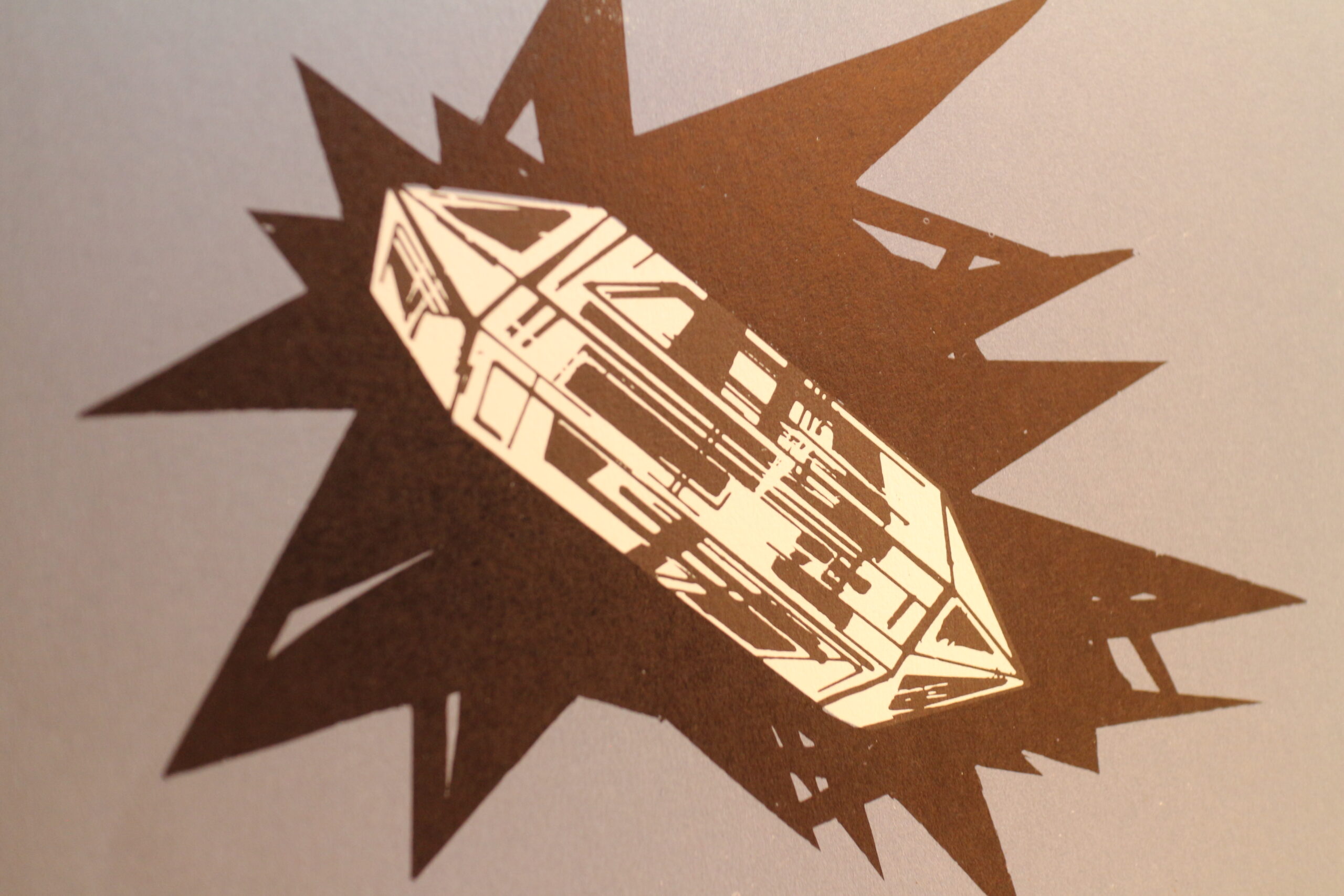
Quartz for Radio, Part II
As the second world war loomed, it was clear to many that science and technology would play key roles. Precise frequency control would become fundamental to what Dr. R. V Jones termed ‘The Wizard War.” (read the book!–it is not to be mssed!).
Other than through frequency synthesis some 20+ years later, the only reliable method of obtaining and retaining frequency stability at the start of WWII was through cutting, polishing (lapping) and finishing extremely precise slices of quartz.
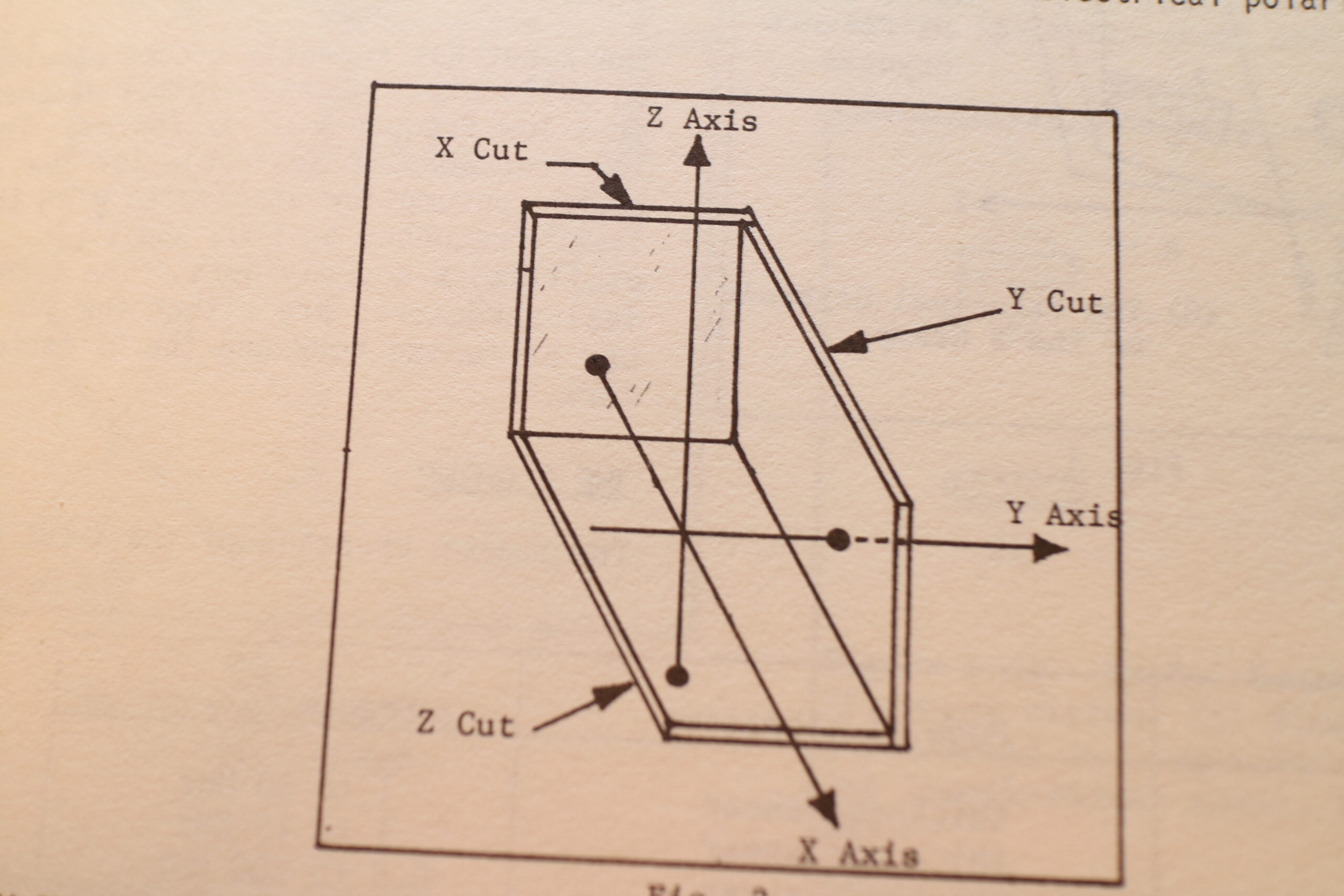
Axes and Reference Directions
An orthogonal coordinate system was developed for precisely selecting crystals for broad frequency ranges and sopecific frequencies within those ranges. For instance a so-called “X-cut” crystal was useable in radio at frequencies beween 40 and 350khz, As you may well imagine, under the pressure of wartime needs, research quickly identified many other cuts along many other axes that produced crystals that could resonate at precise and extremely useful frequencies.
As the war heated up, the US military identified a need for MILLIONS of crystals for its’ radios. Radio designs chosen for production were often chose on the basis of the need the radio design would create for more crystals. And yet, the work required was so precise that it resisted conventional attempts at ‘Henry Ford-style” automation.
Crystal “holders” grew many and varied. Early holders had to be designed to take high current imposed by then-popular oscillator designs.Even with good holder designs, many valuable crystals were lost–cracked when they overheated.
The brief gallery of images below reviews post-WWII crystal holder designs and other engineering wizardry that surrounded the humble quartz crystal.
